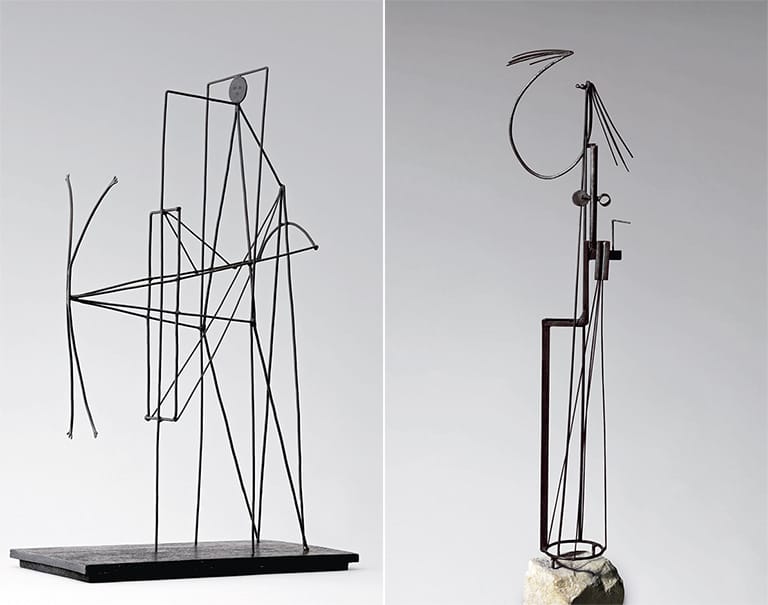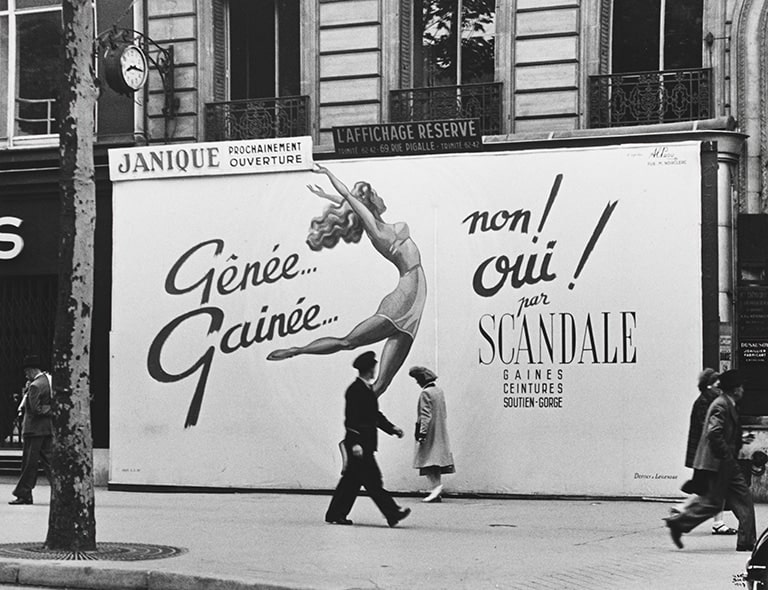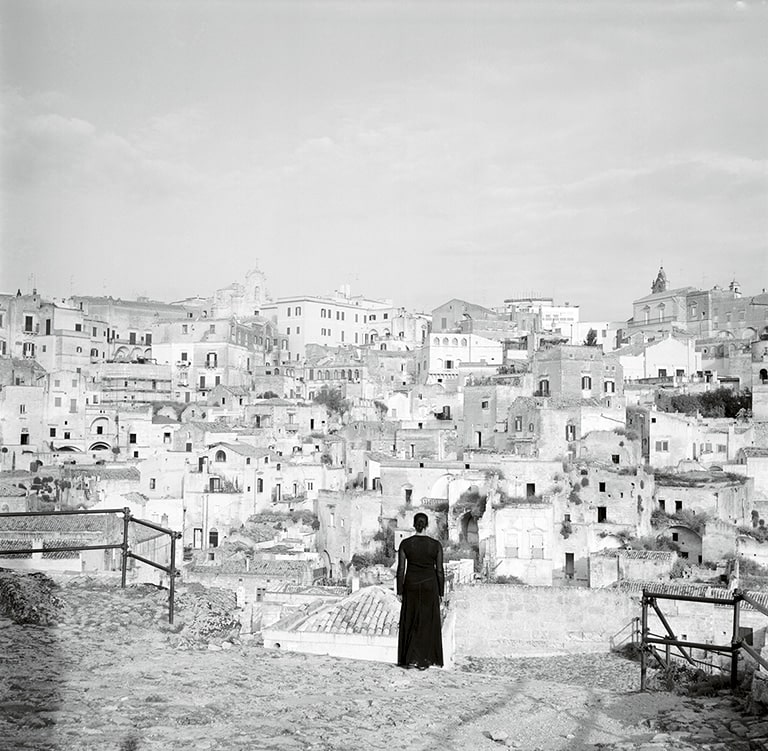Ohne Titel (Miniature Merz) / Untitled (Miniature Merz)

Kurt Schwitters
Ohne Titel (Miniature Merz) / Untitled (Miniature Merz), 1920
© Kurt Scwitters. VEGAP. Madrid
© Fundación MAPFRE COLLECTIONS
Entry date: 2007
Provenance: The Pinacotheca, New York, 1947 / Barbara Begg, New York, 1948 / Sotheby’s Parke Bernet, New York, 1979/ Guereta Gallery
Technique
Collage on paper
Dimensions
Printed area: 8.6 x 7 cm (3 3/8 x 2 3/4 in.)
Frame size: 70 × 66 x 4 cm
Inventory
FM000326
Description
Between 1916 and 1918, Kurt Schwitters’ artistic career underwent a profound change. He had begun painting portraits in the style of Frans Hals and landscapes inspired by post-impressionism. He soon met the Berlin Dada group, although he was criticized by its more political faction, embodied by Huelsenbeck and George Grosz. Schwitters had an openly anti-political character and a constructive spirit that led him to believe firmly in art, which distanced him from the more committed Dada.
His changes regarding cubism, in a synthesis between this language and expressionism, lead him to an abstraction that is an immediate precedent to his first assemblages and Merz art. This change in his artistic creations is considered by the author himself as a consequent evolution and not a clear break from his previous productions. The word Merz already appears in a collage of 1919. The artist begins to use it to describe the principle that inspires his works and actions: “I gave the name Merz to the compositions I made with almost all kinds of materials. This is the second syllable of Kommerz [commerce]”.
The Merz, as shown in this Miniature, are ironic conceptions of the world where all kinds of waste materials -sheets of newspaper, used tram tickets, cloakroom tickets, cut-up words, linguistic waste, etc.- are mixed and superimposed, like here, in an intensively constructive manner. In other cases, there are wires, pieces of wheels, buttons, or any kind of old junk, which make up compositions of a more sculptural nature. After World War I, the world was devastated and with the wreckage from the war, there was a need to create: “You can also make noise with waste, and that is what I did, gluing and nailing them together”, the artist himself pointed out.
Merz reflects the relationship between art and life. It becomes a creative force that the artist applies to all his activities; it shows the connection of the chaotic spirit of the object-trouvé characteristic of the Dada spirit with the geometrical arrangement of the elements, an influence of the cubism of Braque and Picasso, from the orphism of Delaunay, but also from the constructivist currents, with which the Schwitters have contact at an early date.
With the intention of transforming the world according to the Merz concept, Schwitters transferred his compositions to the sculptural-architectural realm, creating the Merzbau. In 1920, the date of this Miniature, he had erected in his studio a column that rose to the ceiling, to which he had attached strips of paper, pieces of newspaper and posters, and which had holes and cavities in where souvenirs, photos, shells, and all kinds of found objects were placed.
The Merzbau grew and spread across the walls and ceiling, until it eventually prevented the artist from working inside the studio, which was moved to the hall. The first Merzbau, in Hanover, later destroyed by bombs during World War II, became a kind of monument, an “archive” of the artist’s life experience.
Schwitters did not invent collage, but he did institute it as an artistic method throughout his life. His use of scrap materials and his “Merz premises” are among the most important findings of modern art. He had a significant influence on later artist generations, as we can see in the combine-paintings of Robert Rauschenberg or the works made from torn posters by Vostell, or in the spirit of povera art, as expressed in some of the works by Jannis Kounellis.
[Leyre Bozal]
BONET, Juan Manuel, Kurt Schwitters, exh. cat. Madrid, Leandro Navarro Gallery, 2008.
BÜCHNER, Joachim; SCHMALENBACH, Werner; ERLHOFF, Michael, Kurt Schwitters 1887-1948. Hanover, Sprengle Museum, 1987.
DIETRICH, Dorotea, The Collages of Kurt Schwitters: tradition and innovation. Cambridge, University Press, 1993.
ELDERFIELD, John, Kurt Schwitters. New York, Thames and Hudson, 1985.
KREMPEL, Ulrich, Kurt Schwitters, exh. cat. Hanover, Norddeutsche Landesbank, Sprengel Museum, 1996.
Kurt Schwitters, exh. cat. Barcelona, Fundació Joan Miró, 1982.
Kurt Schwitters, exh. cat. Madrid, Fundación Juan March, 1982.
LEMOINE, Serge, and SEMIN, Didier (curators), Kurt Schwitters, Valencia, IVAM, 1995.
MEYER-BÜSER, Susanne, y ORCHARD, Karin (ed.), In the beginning was Merz: from Kurt Schwitters to the present day. Ostildern-Ruit, Hatje Cantz, 2000.
ORCHARD, Karin, and SCHULZ, Isabel, Kurt Schwitters, catalogue raisonné. Ostfildren-Ruit, Hatje Cantz, 2000.
SCHMALENBACH, Werner, Kurt Schwitters, New York, Harry N. Abrams, 1967.




